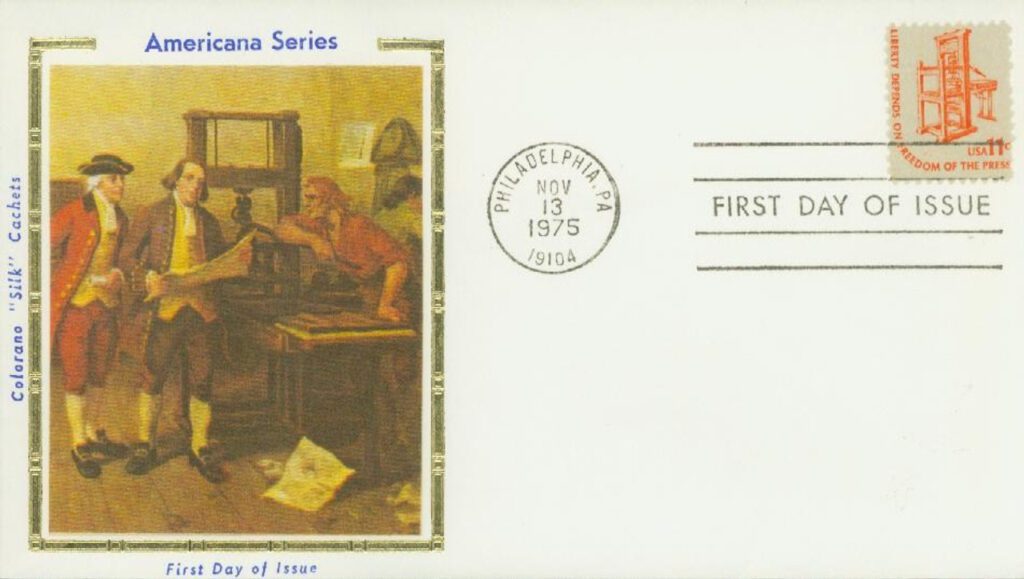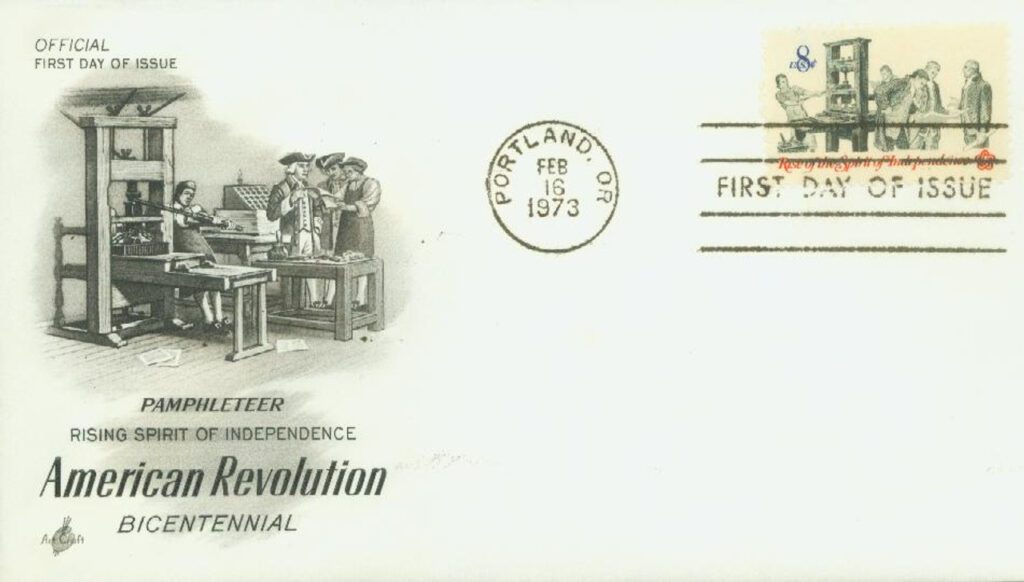The first continuously published newspaper in the American colonies, The Boston News-Letter, published its first issue on April 24, 1704. It was the only continuously-produced paper in the colonies for 15 years and ceased publication in 1776 due to the American Revolution.
The first-ever multi-page newspaper in the colonies was Publick Occurrences Both Forreign and Domestick, which was first published on September 25, 1690, in Boston. It was intended to be a monthly periodical but was shut down just four days after that first issue by the Colonial government because it included “sundry doubtful and uncertain Reports.”
In the early 1700s, bookseller and Boston postmaster John Campbell started creating hand-written newsletters about what was going on in Europe. He sent his newsletters to New England governors for over a year. He then decided it would be easier to print his newsletters for all to read. He produced his first issue of The Boston News-Letter on April 24, 1704. Initially, the paper was issued weekly as a half sheet – one page measuring eight by twelve inches, with articles on both sides.
Early on, the paper mostly shared news from London periodicals concerning politics and wars. It also included information on ship arrivals, deaths, sermons, political appointments, fires, and accidents. One of its most exciting stories came in 1718, when it detailed the death of the pirate Blackbeard from hand-to-hand combat. The Boston News-Letter was Boston’s only newspaper until the Boston Gazette was created in 1719. Other major cities didn’t start their own papers until 1719 (Philadelphia) and 1725 (New York).
Bartholomew Green took over the paper in 1722 and cut down on the European news to focus more on what was happening in the colonies. After his death 10 years later, his son-in-law John Draper took it over. Draper expanded it to four pages and covered even more colonial news. The paper passed to his son, Richard Draper in 1762, and the younger Draper’s widow Margaret upon his death in 1774.

The Drapers were committed loyalists and supported the British in the years leading up to the Revolution. When editor Robert Boyle shared sympathy with the Revolutionaries, he was replaced by John Howe. They continued to produce the paper until the British evacuated Boston on March 17, 1776. The paper was never reinstated, and Mrs. Draper was given a life pension from the British government.
View the first issue of The Boston News-Letter.
| FREE printable This Day in History album pages Download a PDF of today’s article. Get a binder or other supplies to create your This Day in History album. |
Discover what else happened on This Day in History.






As a lifelong Bostonian, stamp collector and career history teacher, I really enjoyed this article. If you come to Boston, be sure to take the Duck Tour. Look for my son, who goes by the handle “Paffy.” He knows Boston history inside and out!
As a lifelong Bostonian, stamp collector and history teacher, I loved today’s article. If you are in Boston, be sure to take the Boston Duck Tour. Look for tour guide “Paffy.” Not only is he my son, but he also knowns EVERYTHING about Boston history.
Now to learn how the earliest newspapers were printed for distribution. Were the originals all hand-written multiple times.
How foolish of me – and how I wish I could delete my ignorant comment. Of course, the Gutenberg press – 1440s.